Guys, can you believe it? Last week at my bestie's place, I was totally blown away! The yellow scale inside her water heater tank was as thick as a city wall—it took a screwdriver just to scrape it off! Even scarier, her son was diagnosed with kidney stones, and the doctor said long-term hard water consumption was likely the culprit. When I got home and held my tap water up to the light, holy cow! I could actually see tiny particles floating around!

Don't assume clear-looking tap water is safe to drink! Those invisible “water quality assassins” are quietly harming our bodies! With the ultra-strict 2025 regulations requiring water purifiers to clearly label removal rates for 20 pollutants like lead and cadmium, how can we not take this seriously? Today I'm laying out all the essential tips for choosing a water purifier—guaranteed to keep you from making mistakes!
How vicious are these hidden killers in our water?
The water we drink daily is a veritable “health minefield”! Northerners know this all too well—just a few days of use, and kettles develop a layer of white scale. That's all thanks to calcium and magnesium ions in hard water! Long-term consumption of hard water skyrockets your risk of kidney stones and gallstones, worsens digestion, and even dries out your skin, leaving it itchy and irritated!
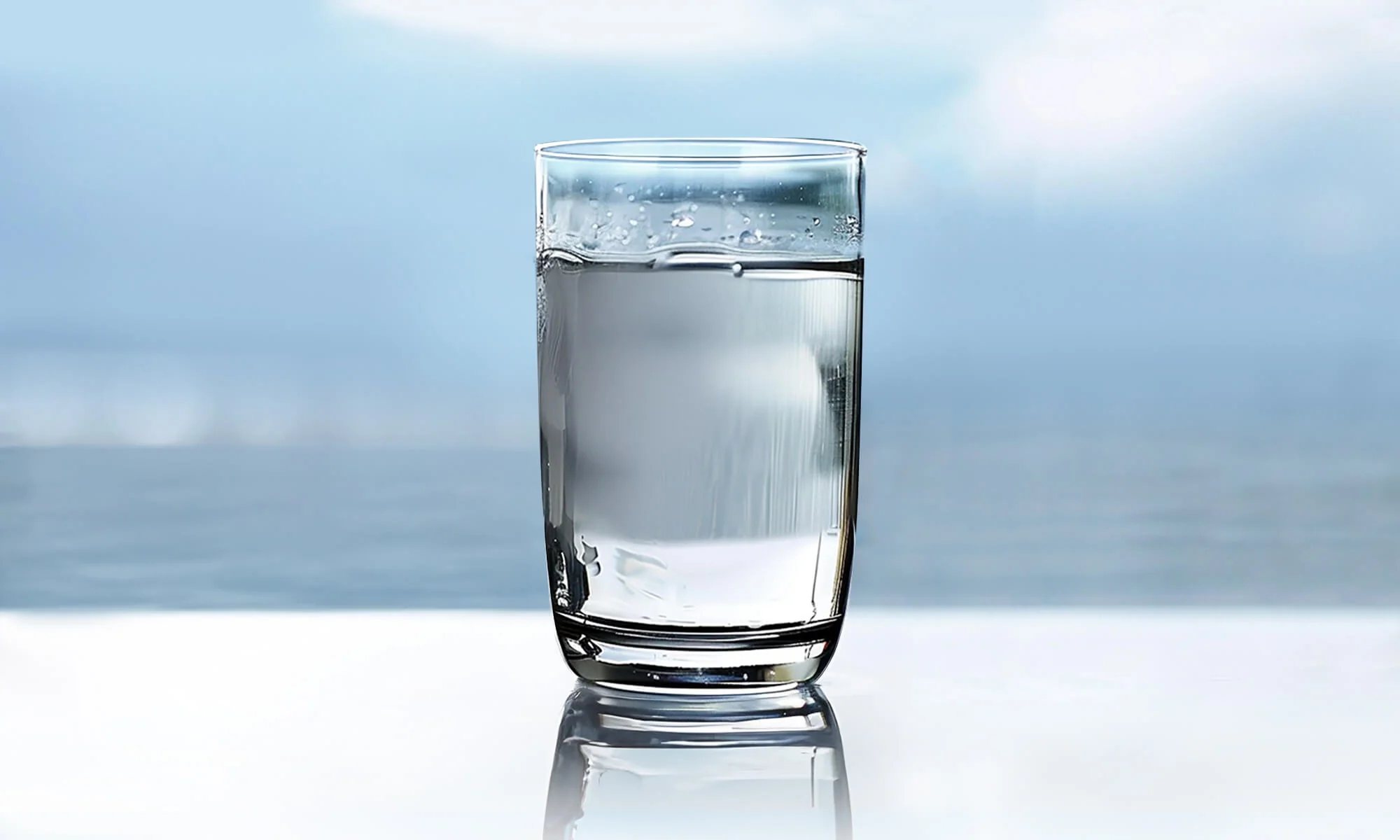 But the real culprits are invisible! Residual chlorine in tap water lingers even after boiling, leaving that distinct disinfectant smell. Rust and heavy metals from old pipes can turn brewed tea black overnight. Microorganisms and colloidal impurities cloud the water and give it an earthy taste. Back home, tap water would develop a layer of sediment at the bottom of the cup after just three hours—no wonder my grandfather always complained it tasted “harsh”!
But the real culprits are invisible! Residual chlorine in tap water lingers even after boiling, leaving that distinct disinfectant smell. Rust and heavy metals from old pipes can turn brewed tea black overnight. Microorganisms and colloidal impurities cloud the water and give it an earthy taste. Back home, tap water would develop a layer of sediment at the bottom of the cup after just three hours—no wonder my grandfather always complained it tasted “harsh”!
These impurities are like stealthy health thieves, accumulating harm day by day! Households with elderly or children must take water quality seriously! The new national standard requires clear labeling of purification effectiveness, giving us confidence when purchasing!
When choosing a water purifier in 2025, keep a close eye on these three key indicators in the new national standard.
With so many water purifiers on the market today, remember these three crucial points and you won't go wrong even with your eyes closed!
Water Efficiency Rating: Now categorized into 3 levels, with Level 1 being the most water-efficient. A water purification yield of at least 65% makes it a reliable money-saving choice! For hard water in northern regions, go straight for Level 1 efficiency! Models like the Hansdon HR-P60 boast a wastewater ratio exceeding 2:1, saving you significant water bills over time!
Clearly Stated Filter Lifespan: Reputable products specify exact data like “RO membrane lasts 3 years in TDS 300mg/L areas.” If a seller only mentions “long-lasting filters” without a timeframe, run! One brand claimed filters lasted 5 years, but they failed within a year!
Pollutant removal rates backed by proof: Key metrics like lead and bacteria removal must have third-party test reports! Hansdon's pre-filter removes over 85% of lead, while its RO system kills 99.99% of bacteria—all verifiable on their official website. That's what makes a reliable purchase!
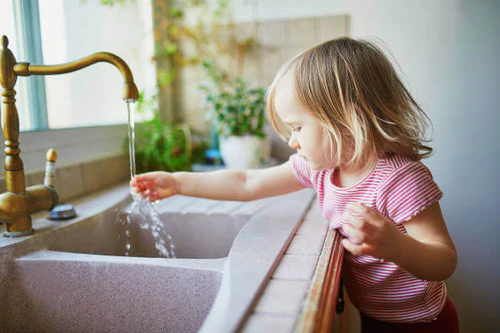
Choose water purifiers by region to avoid wasting money
There are only two types of water purifiers—select based on your home's water quality to get the best value!
RO Reverse Osmosis Purifiers: Dubbed the “ultimate security guard,” with 0.0001-micron filtration precision—10,000 times finer than a human hair! Blocks heavy metals, bacteria, pesticide residues, and even softens hard water! The new Dreame U10 is even better, featuring AI self-cleaning that extends the RO membrane lifespan to 8 years! It requires power, though—perfect for northern regions with hard water or households with high standards!
Ultrafiltration Water Purifiers: Like a “mineral guardian,” with a filtration precision of 0.01 microns. It blocks bacteria and large particles while retaining minerals. No electricity needed, fast flow, and affordable—perfect for southern regions with good water quality (TDS ≤ 200mg/L)! But if your kettle constantly builds up scale, skip this—it can't handle heavy metals or limescale!
Another crucial “whole-house water gatekeeper” is the pre-filter! A must-have for older homes with aging pipes or northern regions with high sediment levels! One Beijing household in Chaoyang District saw their water heater heat up 15% faster and their washing machine stay cleaner after installation! Opt for backwash models—they filter 98% of impurities and are super easy to clean!
Three Essential Steps to Choose a Water Purifier and Avoid 90% of Pitfalls
Don't fall for water purifier ads—seasoned buyers follow these three steps!
First, test your home water quality: The simplest method is using a TDS meter. In northern regions, if readings exceed 300mg/L, choose a reverse osmosis (RO) system; in southern regions, if below 200mg/L, consider an ultrafiltration system. Alternatively, leave a cup of water for three hours to check for sediment; smell for unusual odors to gauge residual chlorine levels; observe scale buildup in kettles to assess water hardness.
Look for authoritative certifications: Beyond WQA or NSF certifications, compliance with the new national standard's testing reports is crucial! ANSI/NSF 53 certification indicates heavy metal removal capability, while ANSI/NSF 42 certification signifies taste improvement. Always scrutinize these details when purchasing.
Choose Flow Rate Based on Household Needs: Flow rate equals water output—higher numbers mean faster flow! For a family of three, opt for 600G+ (1.8L/min) to fill a cup in 10 seconds. For larger households or tea enthusiasts, go straight for 1000G+ for a super smooth experience! Never skimp on flow rate—waiting forever for a cup of water is pure frustration!
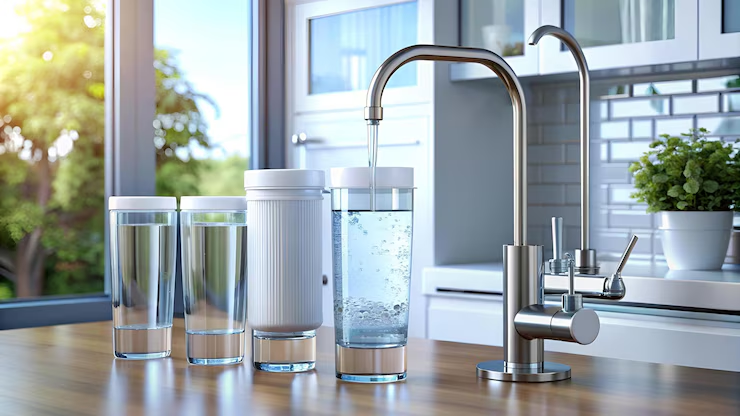
My colleague once bought a cheap, no-name water purifier. After six months, tests showed the water quality was worse than tap water! When they opened it up, the filter cartridges were moldy! This proves choosing the right brand and model is crucial!
Don't delay replacing filter cartridges—watch for these five warning signs
Don't assume buying a water purifier solves everything! The filter cartridge is the heart of the system—failing to replace it on time can actually contaminate your water!
Beyond monitoring the machine's indicator lights, replace the cartridge immediately if you notice:
Noticeably slower water flow;
Unusual odors or taste in the water;
Scale buildup returning in your kettle;
The cartridge turning unusually dark;
TDS pen readings spiking. TDS meter readings spike dramatically.
Different filter types have varying replacement schedules:
- Activated carbon filters (6-12 months): Absorbs odors and residual chlorine. Overuse causes foul tastes.
- RO membranes (3-5 years): More durable, though shorter lifespans in hard water areas. Ultrafiltration membranes generally require replacement every 1-2 years.
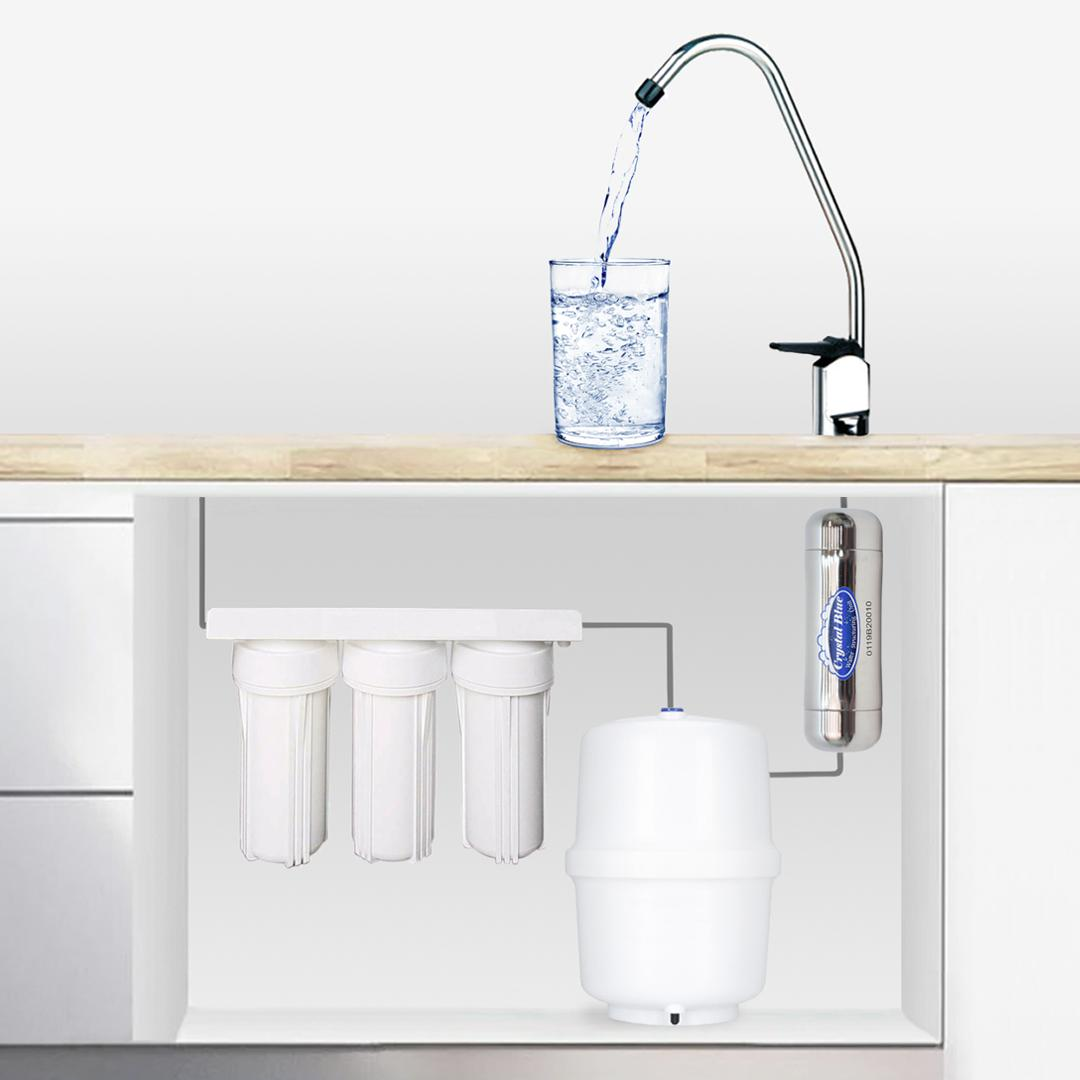
There's a trick to replacing filters: Always inquire about filter prices before purchasing. Some brands offer affordable water purifiers, but their replacement filters are exorbitantly priced, making them costlier in the long run. The ZuiMi U10 uses RO-Revive technology, with filters lasting up to 8 years—making it incredibly cost-effective over time! Don't throw away old filters after replacement. Comparing them with new ones reveals all the impurities filtered out, giving you a real sense of accomplishment!
Have you ever been misled by these water purifier myths?
Myth #1: Water purifiers replenish trace minerals
Total fallacy! While some products add maifan stone, individual mineral needs vary—random supplementation may harm health. Purifiers primarily filter impurities; don’t expect nutritional benefits.
Myth #2: All chemical contaminants can be filtered out
Ordinary water purifiers can't do that! For residues like pesticides and heavy metals, you need a reverse osmosis (RO) system paired with activated carbon. Ultrafiltration units have very limited effectiveness against chemical pollutants.
Myth 3: No need for a water purifier if your water quality is good
Wrong! Even if tap water meets standards, old pipes can cause secondary contamination like rust. A pre-filter not only improves water quality but also protects appliances like water heaters and washing machines, extending their lifespan.
Myth 4: Filter cartridges last 3 years without replacement
Just a sales tactic! Even high-quality RO membranes won't last 3 years in poor water areas, and activated carbon filters need annual replacement—otherwise they become bacterial breeding grounds!
The Ultimate Guide to Drinking Right Water
Here's a mnemonic for choosing water purifiers: “Check water efficiency under new standards, pick models based on local water quality, calculate filter costs clearly, and replace on schedule for health!” Remember: The best water purifier is the one that truly suits your home's water quality!
What water issues have you faced? Is your kettle heavily scaled? Does your tap water have an odd taste? Share your experiences in the comments—I'll help troubleshoot! If you found this helpful, share it with family and friends so everyone can enjoy healthy drinking water! 🌟
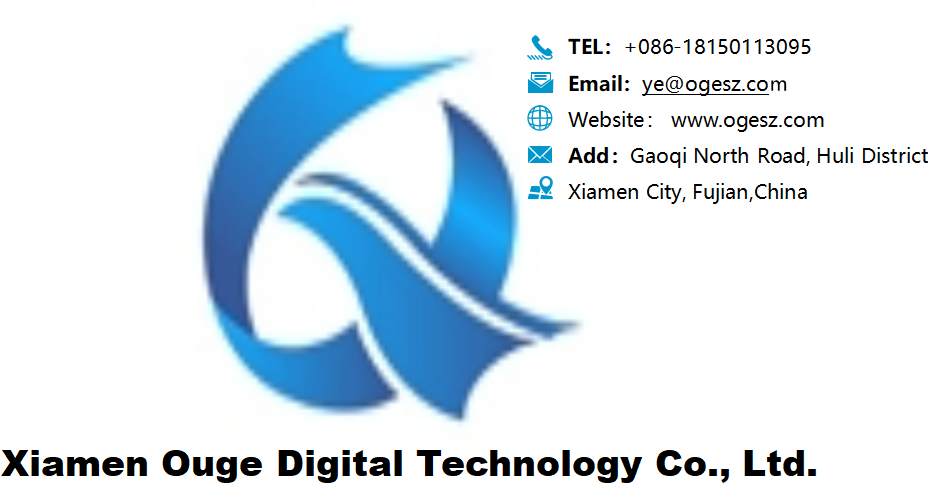
 Reverse Osmosis Technology for Wastewater Treatment: Understanding How RO Systems Operate
Reverse Osmosis Technology for Wastewater Treatment: Understanding How RO Systems Operate
 The “Magic” of Turning Seawater into Freshwater: Unveiling the Core Secrets of Reverse Osmosis Technology
The “Magic” of Turning Seawater into Freshwater: Unveiling the Core Secrets of Reverse Osmosis Technology
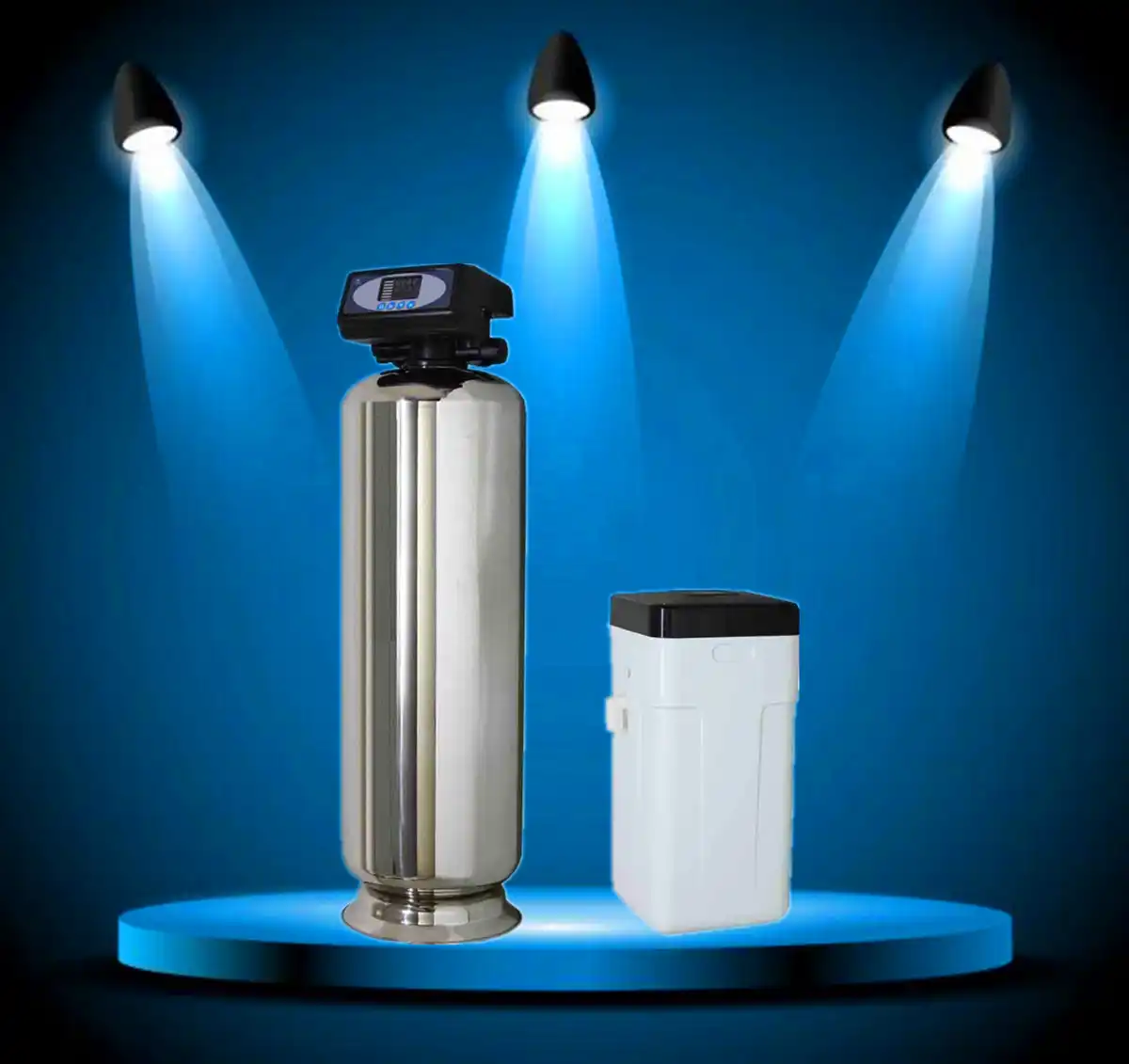 How to Choose Reliable Central Water Filtration and Water Softening Systems? Most People Get It Wrong!
How to Choose Reliable Central Water Filtration and Water Softening Systems? Most People Get It Wrong!
 In rural areas, where groundwater from wells is the primary water source, is it truly necessary to install water purification equipment?
In rural areas, where groundwater from wells is the primary water source, is it truly necessary to install water purification equipment?